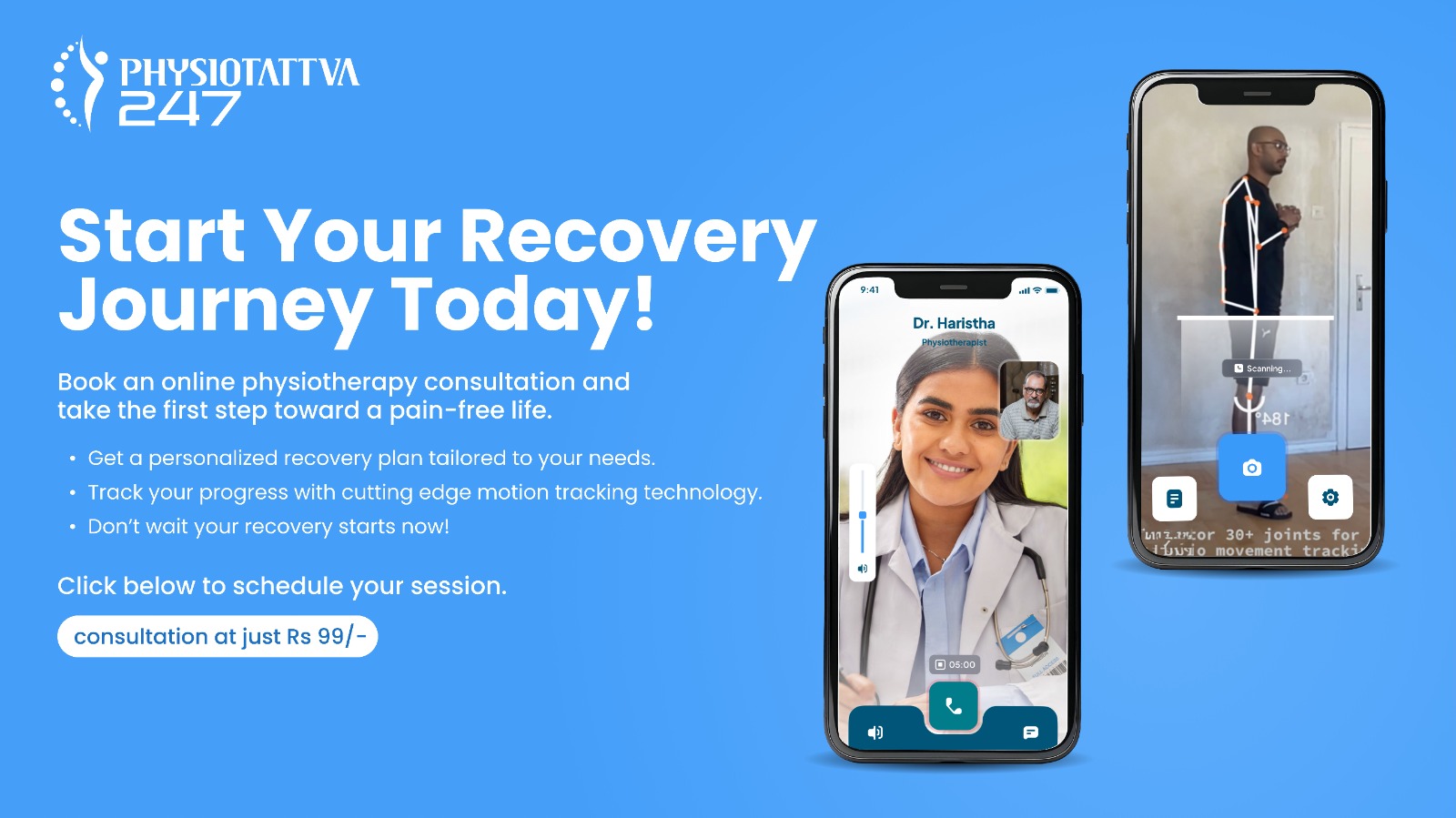Understanding Arthritis and How Ultrasound Therapy Helps in Treatment
Arthritis involves joint inflammation, causing pain and stiffness. Symptoms vary but commonly include swelling, limited mobility, and discomfort during movement. There are several types of arthritis which have their own characteristics and effects on the body.
It is important to diagnose it correctly to avail the right and effective treatment. Ultrasound therapy works in most cases for arthritis once the treatment plan is made by a medical professional.
Ultrasound therapy can benefit different forms of arthritis, such as osteoarthritis, rheumatoid arthritis, and gout, by improving joint lubrication, enhancing circulation, and reducing inflammation. The gentle sound waves promote tissue regeneration around affected joints, helping decrease stiffness and pain over time. This makes it a valuable non-invasive therapy for managing chronic and degenerative arthritis conditions.
How Does Ultrasound Therapy for Arthritis Work?
Ultrasound therapy uses high-frequency sound waves to penetrate tissues, which increases blood circulation, reduces inflammation, and enhances tissue healing. The waves generate gentle heat within tissues, aiding in pain relief and improving joint flexibility over time.
This therapy works through both mechanical and thermal actions. The mechanical vibrations create a process called cavitation, where tiny bubbles in the tissue expand and contract to stimulate cellular activity. This boosts ATP production, the energy source for cell repair, and promotes collagen synthesis, helping restore damaged cartilage and soft tissues. Together, these effects accelerate tissue regeneration and provide long-term relief for arthritis-related stiffness and pain.
Thermal Effects of Ultrasound Therapy
The thermal effects of ultrasound therapy involve the generation of heat within tissues. This heat increases blood flow, relaxes muscles, and promotes healing. It can reduce pain and stiffness in arthritic joints, making movement of joints easier.
During treatment, tissue temperature typically rises to about 40–45°C, which helps reduce the viscosity of synovial fluid, allowing joints to move more freely. The gentle warmth also elevates the pain threshold, easing discomfort and improving flexibility in affected areas. These controlled thermal effects make ultrasound therapy especially beneficial for chronic arthritis, where deep-tissue heating supports long-term joint mobility and comfort.
Non-Thermal Benefits of Ultrasound Therapy
Beyond heat generation, ultrasound therapy has non-thermal effects. These include cellular stimulation and enhanced cellular membrane permeability.
These effects contribute to tissue repair, reduce inflammation, and support the body's natural healing processes in managing arthritis symptoms.
Non-thermal ultrasound energy also improves ion exchange between cells and enhances lymphatic drainage, helping to reduce swelling in arthritic joints. By increasing cellular permeability it promotes better nutrient transport and waste removal, which accelerates recovery. These physiological responses help maintain tissue health, decrease joint stiffness, and provide long-term comfort without the need for invasive procedures.
Therapeutic Ultrasound for Arthritis: How It Differs from Diagnostic Ultrasound
Ultrasound therapy generates heat, which can reduce inflammation, alleviate pain, and promote healing. By improving blood circulation and relaxing muscles, ultrasound therapy supports natural tissue repair processes without invasive measures, making it a non-invasive treatment option for managing arthritis symptoms.
What Is Therapeutic Ultrasound?
Therapeutic ultrasound involves using high-frequency sound waves to treat musculoskeletal conditions like arthritis. These waves penetrate deep into tissues, generating heat that can alleviate pain, reduce inflammation, and promote tissue healing.
Physiotherapists adjust the frequency and intensity of ultrasound to target specific areas affected by arthritis, aiming to improve joint mobility and overall function without invasive procedures.
Therapeutic vs Diagnostic Ultrasound in Arthritis Treatment
Therapeutic ultrasound is used for treatment purposes, applying sound waves to stimulate tissues and facilitate healing. In contrast, Diagnostic ultrasound is used for imaging to visualise internal structures such as organs, blood vessels, and soft tissues. For example, a physiotherapist may use diagnostic ultrasound to assess joint damage or fluid accumulation in rheumatoid arthritis, while therapeutic ultrasound is applied later to improve healing and reduce pain.
Diagnostic ultrasound helps healthcare providers assess conditions like arthritis by providing real-time images, guiding treatment decisions based on visual information rather than therapeutic application.
Together, these two modalities complement each other; one for assessment, the other for rehabilitation, which provides a comprehensive approach to arthritis management.
Benefits of Ultrasound Therapy for Arthritis
Ultrasound therapy for arthritis benefits by using sound waves to reach deep into tissues. It helps reduce pain by relaxing muscles and improving blood flow, which aids in healing tissues.
By decreasing inflammation and supporting joint health, ultrasound therapy enhances mobility and assists in preventing further joint damage. This non-invasive approach complements other treatments, promoting overall comfort and functionality for arthritis sufferers.
Ultrasound enhances capillary formation, boosts metabolic activity, and increases tissue oxygenation, accelerating the repair of damaged cartilage and soft tissue. These combined effects make it a highly effective supportive therapy for arthritis management.
Pain Reduction
Ultrasound therapy reduces pain by penetrating tissues with high-frequency sound waves, which can alleviate discomfort in arthritic joints. This process targets deep layers, promoting relaxation and enhancing comfort during movement. It also stimulates endorphin release, which helps the body naturally manage chronic pain.
Improved Mobility
Ultrasound therapy for arthritis aims to enhance joint mobility by increasing circulation and reducing muscle tension. This can improve range of motion and flexibility over time, supporting better functionality for individuals with arthritis. Increased oxygen supply to joint tissues reduces stiffness, helping restore smoother, pain-free movement.
Tissue Healing
The therapy facilitates tissue healing through enhanced blood flow and cellular activity, promoting natural repair processes in affected areas. It accelerates collagen synthesis and cell regeneration, strengthening connective tissues around affected joints.
Decreased Inflammation
Ultrasound therapy helps decrease inflammation by stimulating tissues and promoting drainage of excess fluids from arthritic joints. This helps relieve pressure around inflamed joints, reducing swelling and tenderness.
Prevention of Joint Degeneration
It supports overall joint health and may help prevent further degeneration by improving circulation and promoting tissue regeneration. Consistent therapy helps maintain cartilage health and prevent progressive wear-and-tear.
Safety
Ultrasound therapy is considered safe when administered by trained professionals and it poses minimal risk of adverse effects when used appropriately. It involves no radiation or invasive procedures, ensuring comfort and safety for all age groups.
Adjunct to Other Treatments
It serves as an adjunct to other arthritis treatments, complementing their effects by enhancing circulation and supporting overall joint function. When combined with physiotherapy and exercise, ultrasound amplifies recovery and long-term joint strength.
Side Effects of Ultrasound Therapy for Arthritis
Side effects of therapeutic ultrasound are generally mild and rare. They may include temporary skin redness or warmth at the treatment site. In some cases, it may leave bruises based on the intensity of the therapy. Proper technique and adjustment of intensity minimise these risks.
However, ultrasound therapy should be avoided in certain cases, such as pregnancy, active infections, or areas with metal implants, as these conditions may increase the risk of adverse reactions or interfere with treatment safety.
Safety Concerns in Ultrasound Therapy for Arthritis
Therapeutic ultrasound is safe when administered by trained professionals. However, caution is advised for certain conditions, like infections or acute injuries near the treatment area.
Ultrasound therapy is safe in most cases under the supervision of trained professionals. In cases such as skin issues, risk of blood coagulation, and sensitive skin, it is advisable to be cautious.
It always helps to be transparent with the doctor and share all your medical history to prevent any misdiagnosis or treatment.
Limitations of Ultrasound Therapy in Arthritis
Therapeutic ultrasound's effectiveness may vary depending on factors like the depth of tissues and individual response. It primarily targets superficial tissues and may require multiple sessions for noticeable results. In advanced arthritis cases with severe cartilage loss, ultrasound therapy may serve as supportive care rather than a primary treatment, complementing other physiotherapy or medical interventions.
What to Expect During Ultrasound Therapy for Arthritis?
During treatment, a physiotherapist applies gel to the skin and moves a handheld device over the affected area. You may feel mild warmth or tingling as the sound waves penetrate tissues. The session typically lasts 5-10 minutes per area treated.
Treatment Duration and Frequency
The duration and frequency of ultrasound therapy sessions depend on the severity of arthritis and treatment goals. Sessions are usually scheduled 1-3 times per week, with a typical course ranging from 6-12 sessions for optimal benefits.
On average, most patients undergo 8–12 sessions spread over 4–6 weeks to experience noticeable improvement in pain and mobility. After the initial treatment phase, maintenance sessions once every few weeks may be recommended to sustain results and prevent stiffness recurrence.
Preparing for Your Ultrasound Therapy Session
Preparing for your ultrasound therapy session involves wearing comfortable clothing and discussing any concerns with your physiotherapist. Arrive on time to ensure a smooth appointment. Be prepared to provide information about your medical history and current symptoms to tailor the treatment to your needs effectively.
Comparing Ultrasound Therapy with Other Arthritis Treatments
Ultrasound therapy offers a non-invasive approach to managing arthritis symptoms, focusing on deep tissue penetration and pain relief.
Unlike medications that may have systemic effects, ultrasound targets specific areas without entering the bloodstream. It complements physical therapy exercises and lifestyle changes for comprehensive management.
Compared to conventional physiotherapy exercises, ultrasound therapy accelerates recovery by stimulating deeper tissues that exercises alone may not reach. Unlike Transcutaneous Electrical Nerve Stimulation (TENS), which targets surface-level nerve pain, ultrasound promotes cellular repair and collagen regeneration at a deeper level. Similarly, while heat therapy provides superficial warmth and comfort, ultrasound therapy achieves deeper penetration, up to several centimetres, enhancing blood flow and triggering faster tissue healing.
Advantages of Ultrasound Therapy
Ultrasound therapy provides targeted pain relief and promotes tissue healing through increased blood flow and cellular activity. It's non-invasive, causing minimal discomfort and posing fewer risks compared to surgical interventions.
The therapy enhances joint mobility and can be combined with other treatments to optimise arthritis management effectively.
When to Consider Other Arthritis Treatments Alongside Ultrasound Therapy?
Consider alternative treatments when ultrasound therapy alone doesn't sufficiently manage arthritis symptoms. If you require immediate pain relief or have advanced joint damage, your healthcare provider may recommend medications, injections, or surgical options to address specific needs.
Collaborate with your healthcare team to determine the most suitable treatment plan for your condition.
Why Choose Physiotattva for Ultrasound Therapy?
We at Physiotattva focus on understanding your individual needs and tailoring treatments accordingly. Our emphasis is on effective communication and collaboration with patients to achieve optimal health outcomes.
We integrate evidence-based practices with compassionate care, ensuring thorough assessment and personalised treatment plans. At Physiotattva, our goal is to empower you with knowledge and support, guiding you towards improved health and well-being.
At Physiotattva physiotherapy clinics in Bangalore and Hyderabad, you receive personalised care tailored to your specific needs, ensuring effective results and comfort throughout your journey to recovery.
Don’t wait to start your recovery! Get in touch with Physiotattva for more details! Contact us at +91 89510 47001.




-Physiotherapy.webp)
-for-Shoulder-Pain-Relief.webp)
-for-Knee-Pain-Relief.webp)


-for-Back-Pain-Relief%20(1).webp)





.webp)










.webp)


.webp)
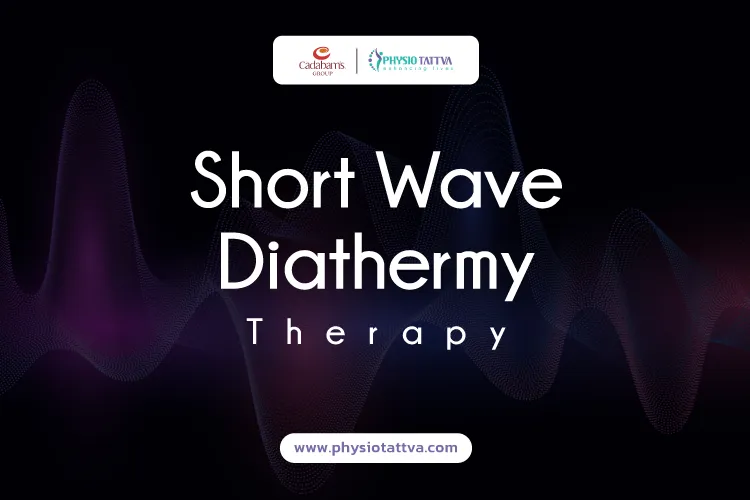
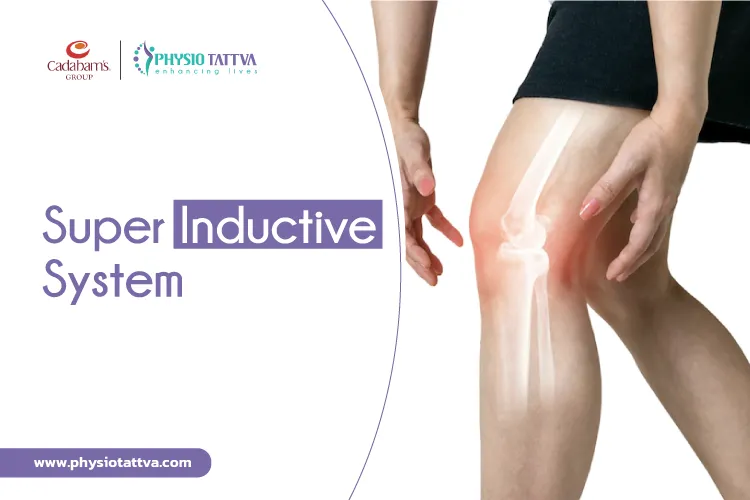
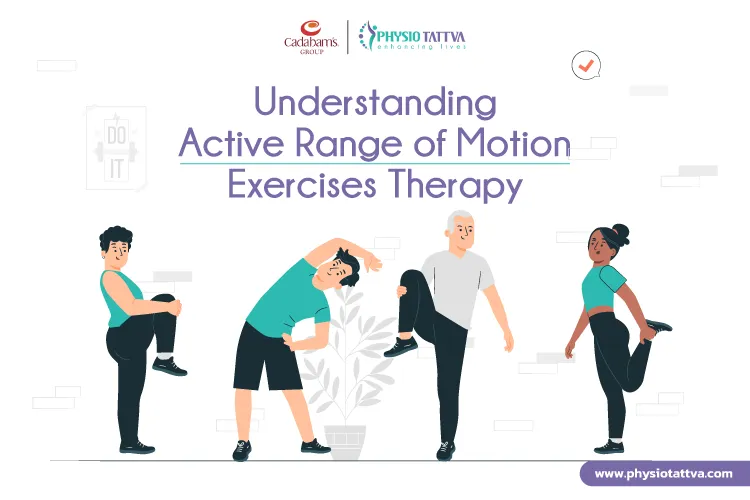


.webp)
.webp)


.webp)
.webp)

.webp)

.webp)
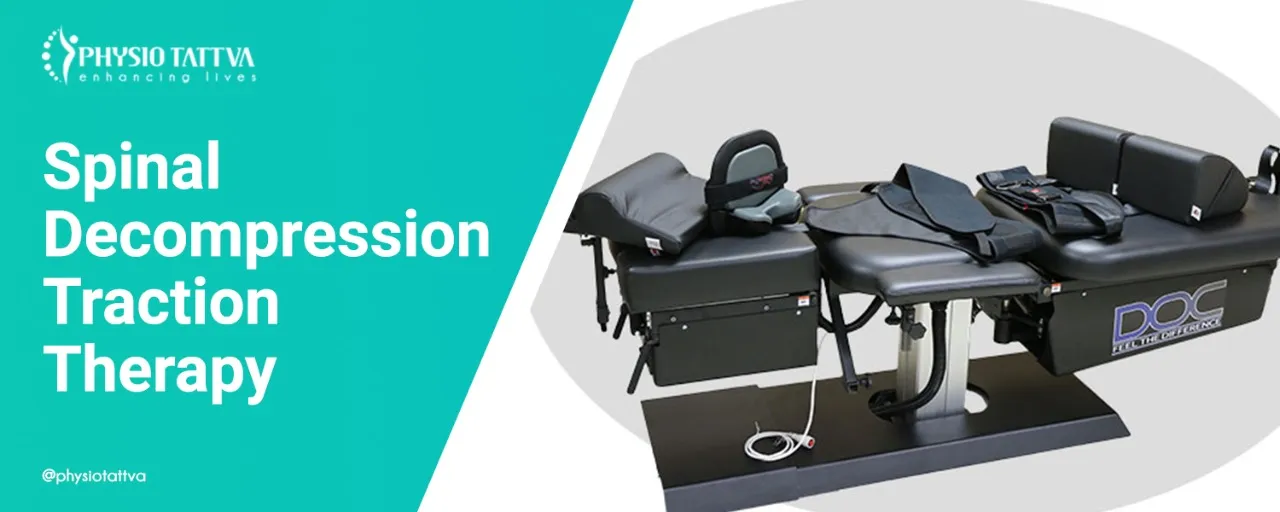
.webp)
.webp)
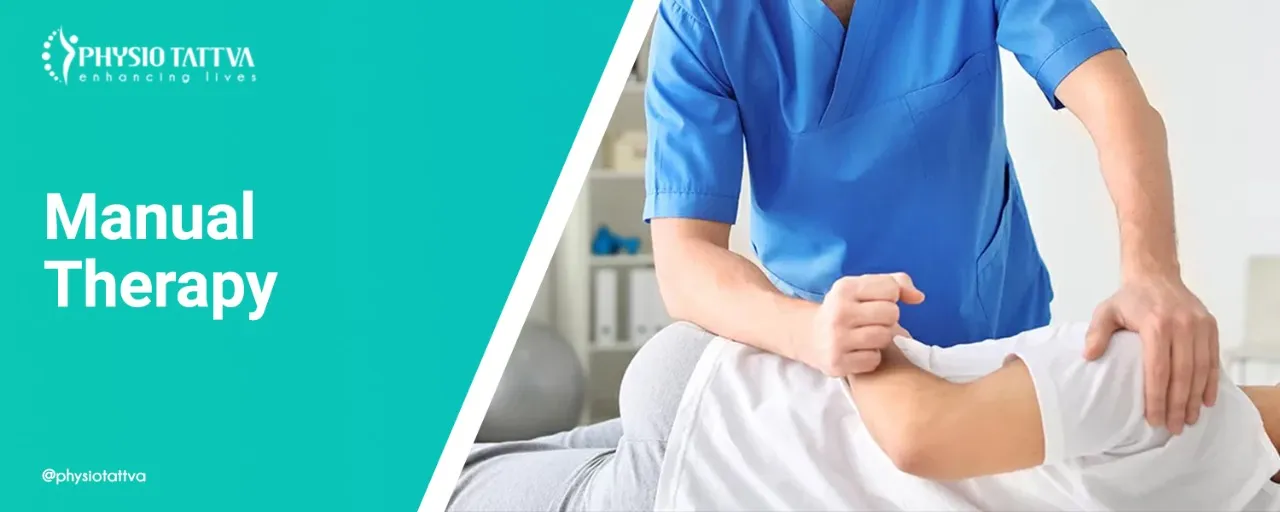
.webp)






.webp)



.jpeg)

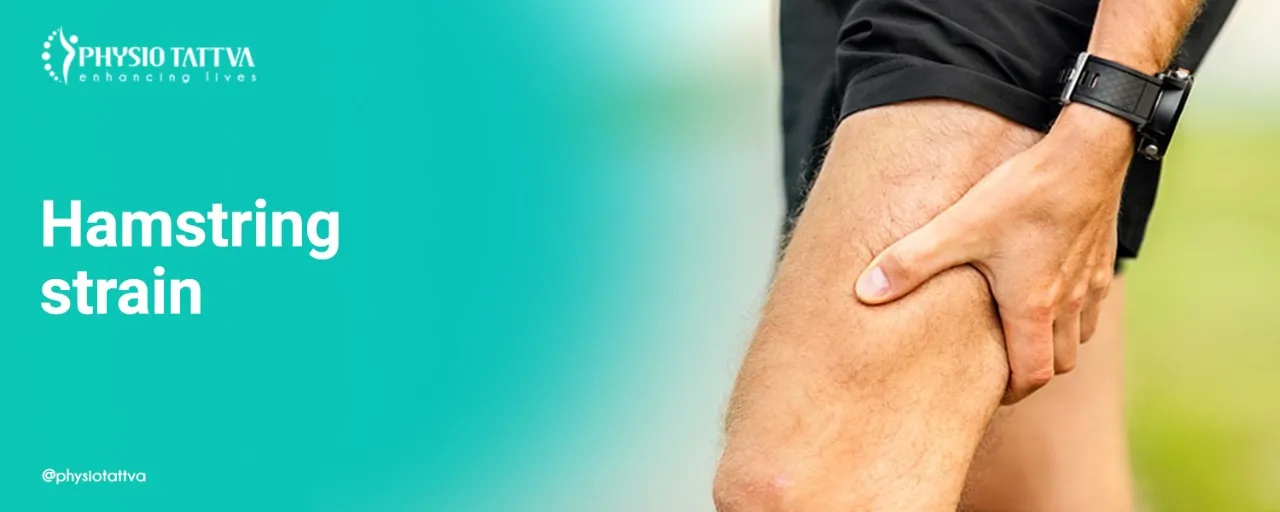

.webp)
.webp)

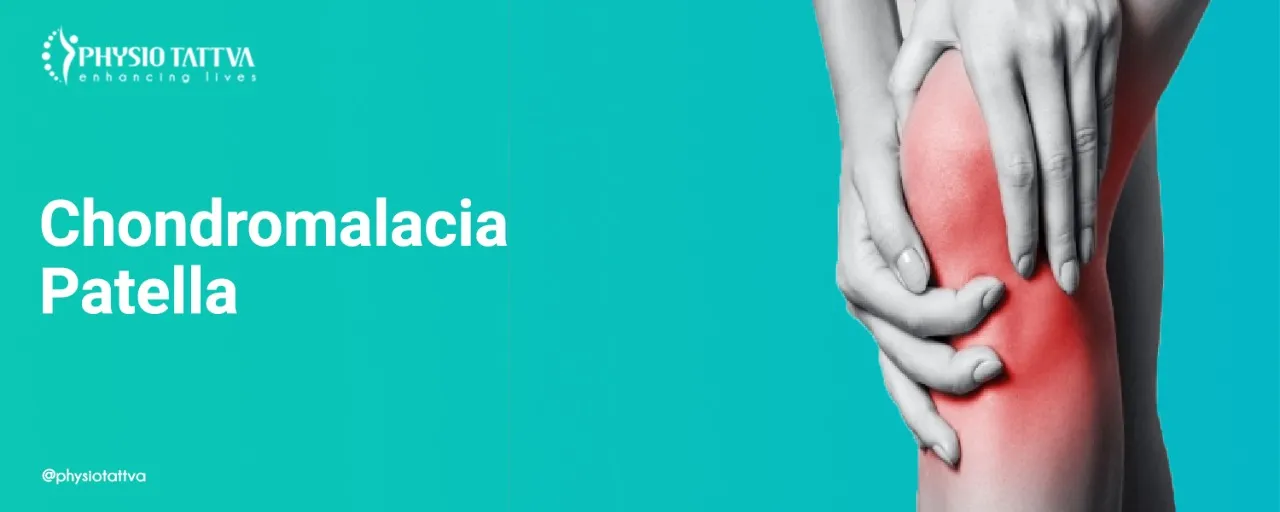


.webp)
.webp)

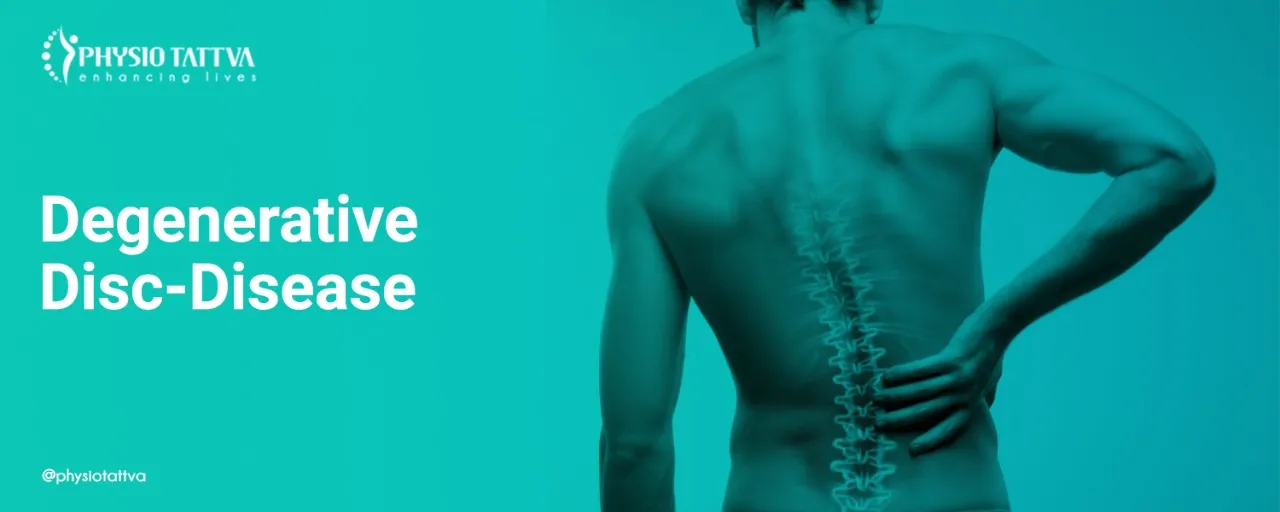





.png)









%20(1)-p-3200.jpeg)


.jpg)
.webp)
.webp)
.webp)

.webp)
